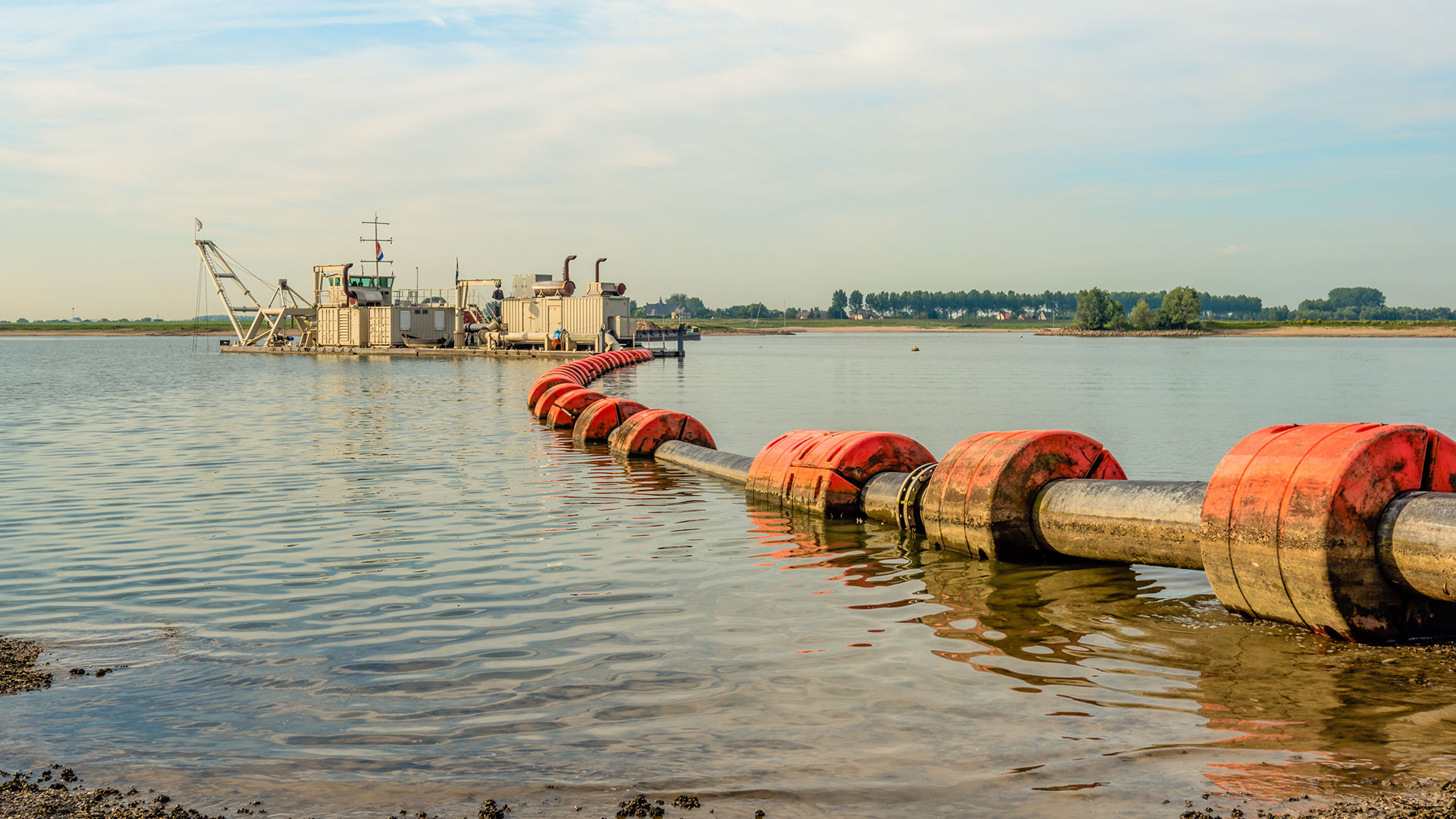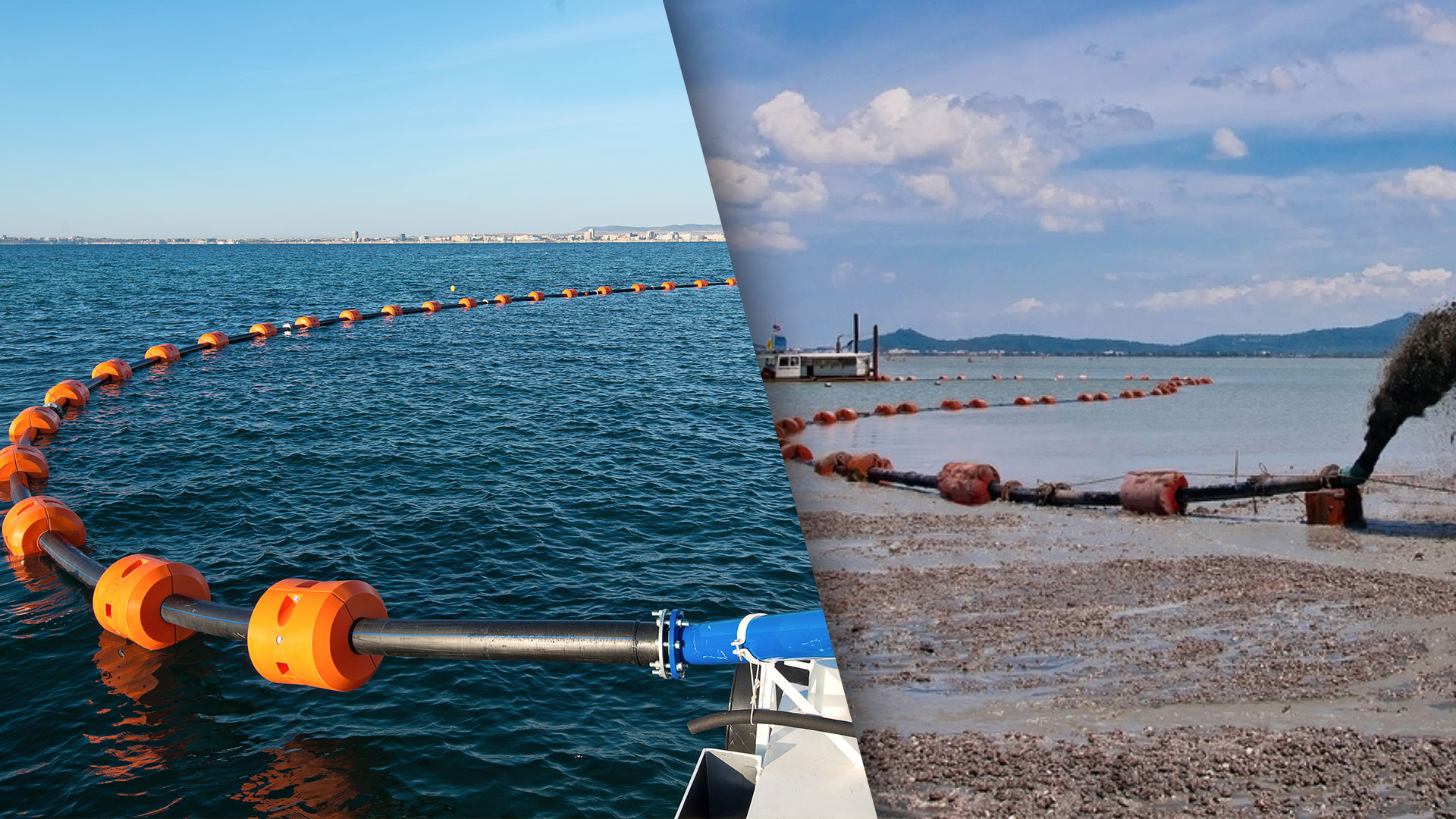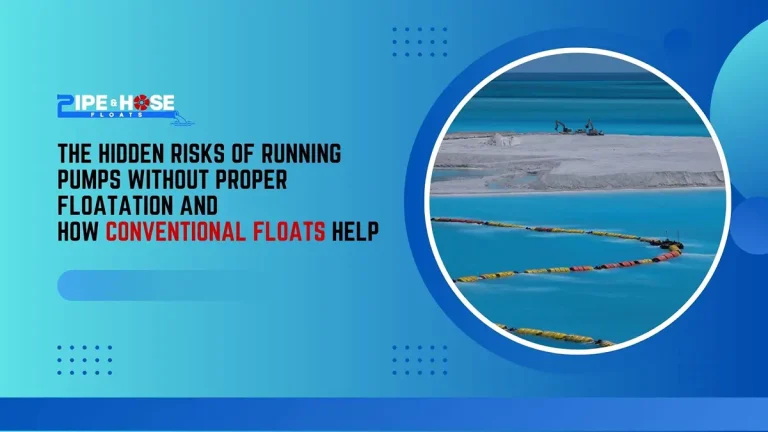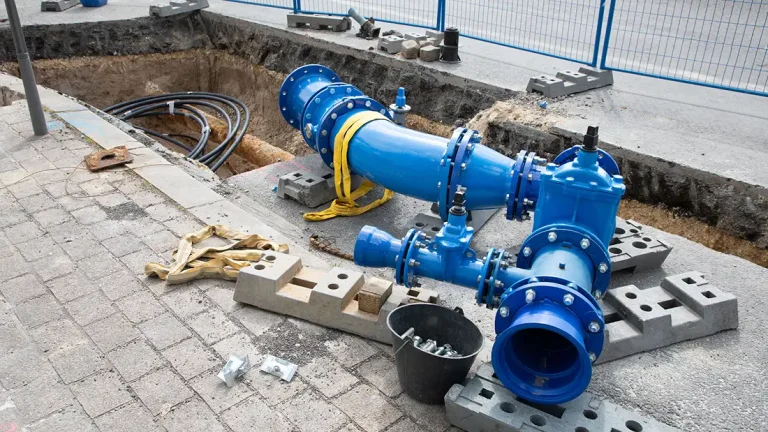Construction pipe floats are essential elements in numerous construction projects, especially those related to pipelines and water management systems. These floats provide crucial buoyancy, enhancing stability and performance while facilitating operations in aquatic environments. This article will explain what construction pipe floats are, detail the various types available, and discuss their specific applications in the industry. Additionally, it will highlight key factors to consider when selecting the right pipe float for your project, ensuring optimal functionality and efficiency. By understanding the importance and variety of construction pipe floats, project managers and engineers can make informed decisions that enhance the success and longevity of their construction efforts.
What are Construction Pipe Floats?
Construction pipe floats are devices designed to support pipelines and other structures in aquatic environments. They are buoyant, allowing them to lift and stabilize pipes or cables in water, thereby preventing them from sinking or becoming unstable. Made from durable materials such as polyethylene or other synthetic materials, these floats are engineered to withstand various environmental conditions, including exposure to UV rays, chemicals, and fluctuating water levels.
The primary purpose of construction pipe floats is to provide buoyancy and stability, ensuring that pipelines remain at the desired elevation and alignment. This is crucial in preventing damage to the infrastructure and ensuring that it operates efficiently.
Types of Construction Pipe Floats
A. Standard
They are the most commonly used type in construction. They are designed to provide buoyancy and stability for pipelines of various sizes. Typically, these floats are cylindrical or toroidal in shape, allowing for easy attachment to pipes.
Characteristics:
- Made from high-density polyethylene for durability
- Available in various sizes and load capacities
- Typically equipped with attachment points for securing pipes
Common Applications: They are widely used in water supply systems, irrigation projects, and sewage treatment facilities. They help keep pipes elevated above the water surface, preventing damage and ensuring efficient flow.
B. Cable Floats
Cable floats serve a specific purpose, providing buoyancy and support for underwater cables and lines. These floats are essential in marine construction projects where cables need to be suspended and secured in water.
Definition and Purpose: Cable floats are typically longer and narrower than standard and are designed to wrap around and support cables securely. Their primary purpose is to keep underwater cables at a specified depth, minimizing the risk of damage from shifting sediments or underwater obstacles.
Key Differences: While standards are primarily for pipes, cable floats are tailored for cables and lines, featuring different attachment methods and buoyancy characteristics.
Typical Uses: Cable floats are commonly used in telecommunications, power distribution, and marine construction projects, ensuring that cables remain secure and functional even in challenging aquatic environments.
C. Custom
In some cases, construction projects may require these tailored to specific needs. Custom floats can be designed to meet unique specifications regarding size, shape, and buoyancy.
When and Why to Use Custom Solutions: They are ideal for specialized projects where standard floats may not provide adequate support or stability. They allow for flexibility in design and can address unique challenges presented by specific environments.
Examples of Customized Designs: For instance, a project involving a large-diameter pipeline in a deep-water setting may require custom floats that can support the weight of the pipe while ensuring it remains stable underwater currents.
Applications of Pipe Floats in Construction
A. Stabilization of Pipelines
One of the primary applications of construction pipe floats is in the stabilization of pipelines. In many construction scenarios, particularly those involving water bodies, pipelines need to be elevated and secured to prevent them from sinking or shifting.
How Pipe Floats Enhance Stability: By providing buoyancy, pipe floats help maintain the alignment and elevation of pipelines, which is critical for effective fluid transport. This stability is especially important in areas with strong currents or fluctuating water levels.
Examples of Projects: In large-scale irrigation projects, for example, floats are used to keep water supply lines elevated above the water surface, preventing contamination and ensuring reliable flow.
B. Floating Docks and Platforms
Another significant application of construction pipe floats is in the creation of floating docks and platforms. These structures are crucial for marine construction, providing access to water bodies for various activities.
Role of Pipe Floats in Marine Construction: Pipe floats are utilized in the construction of floating platforms for recreational use, research, or transportation. They provide the necessary buoyancy to support the weight of the structure and any additional load, such as vehicles or equipment.
Case Studies or Examples: In commercial fishing operations, floating docks constructed with pipe floats allow boats to dock safely and efficiently, facilitating the loading and unloading of goods.
C. Environmental Protection
Construction pipe floats play a role in environmental protection, particularly in wetland construction and restoration projects. They can be used to create floating barriers or platforms that help manage water flow and protect sensitive ecosystems.
Use in Wetland Construction: By supporting structures that promote water flow and filtration, pipe floats contribute to the restoration of wetlands, which are essential for biodiversity and water quality.
Benefits for Ecosystems and Wildlife: These floats help create habitats for various species while also preventing erosion and sedimentation, thus protecting the overall health of aquatic ecosystems.
Factors to Consider When Choosing Pipe Floats
When selecting construction pipe floats, several factors should be taken into account to ensure optimal performance:
- Load Capacity and Buoyancy Requirements: Assess the weight of the pipes or cables and choose floats that can support that weight while providing adequate buoyancy.
- Material Durability: Consider the environmental conditions the floats will be exposed to, including water salinity, UV exposure, and chemical interactions. Choosing materials that resist degradation is crucial.
- Cost Considerations: Evaluate your budget and weigh the cost of standard versus custom floats, factoring in the long-term benefits of durability and performance.
Conclusion
Construction pipe floats are essential tools in the construction industry, offering stability and support for pipelines and cables in aquatic environments. Understanding the various types and their applications can help project managers and engineers make informed decisions when planning construction projects. Whether it’s for stabilizing pipelines, creating floating platforms, or protecting the environment, the right pipe float can enhance the efficiency and longevity of construction efforts. By considering the specific needs of your project and selecting the appropriate type of float, you can ensure success in your construction endeavors.






